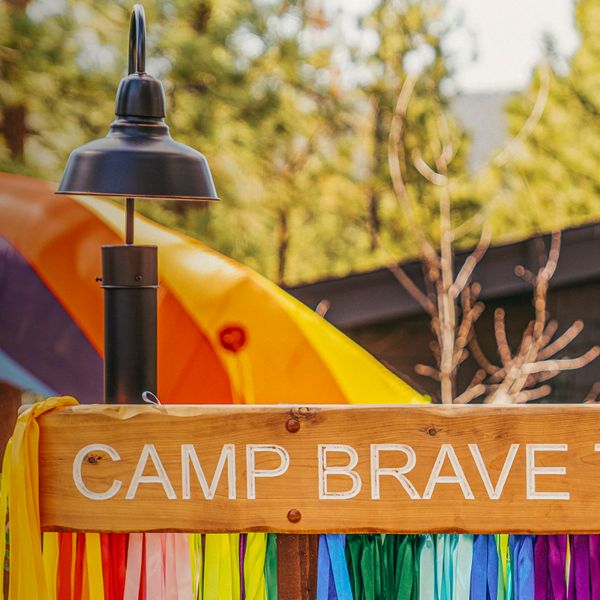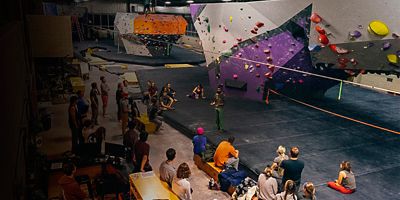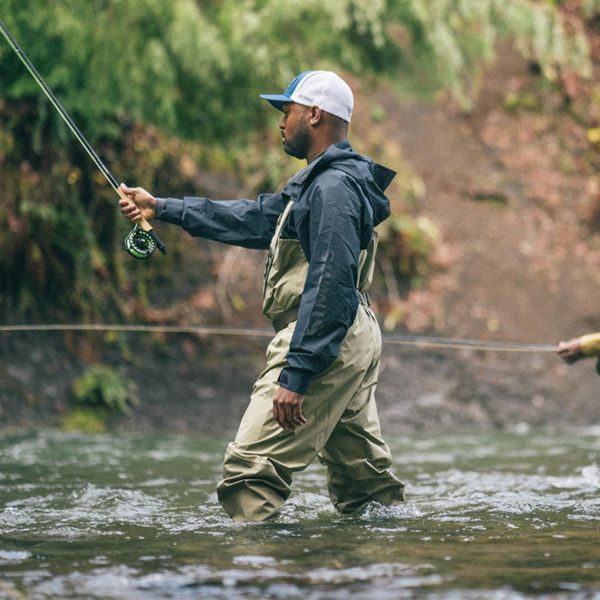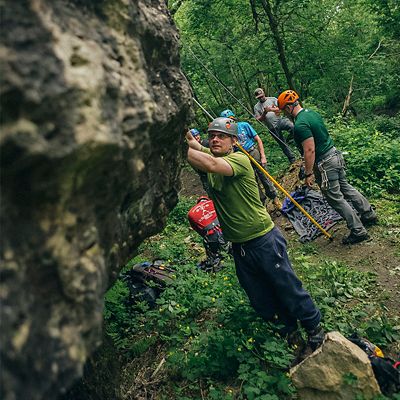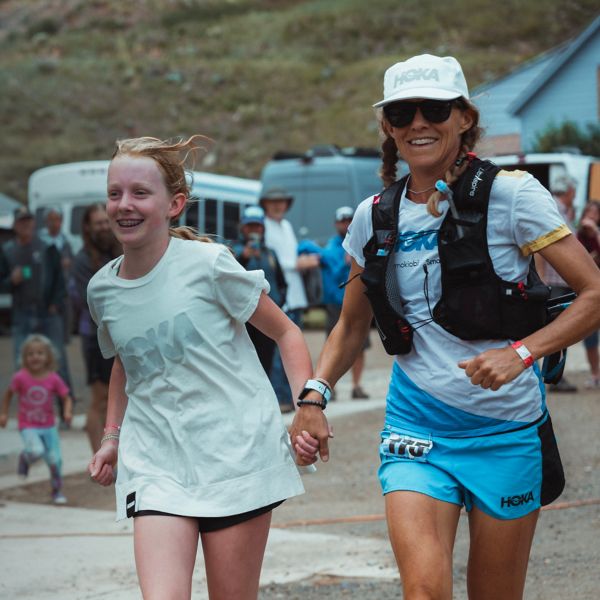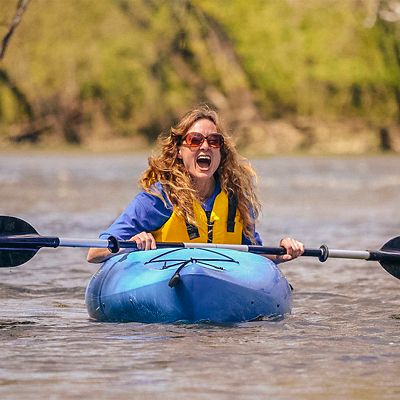You never know what you’ll discover on a trail. For chef Justin Cogley, the Monterey Peninsula trails that traverse California’s rugged Central Coast are where he finds inspiration—and ingredients. The time outside provides more than exercise for the creative, award-winning executive chef of Aubergine, a Michelin-starred hotel restaurant in Carmel-by-the-Sea.
Cogley has said that while training for triathlons and ultra-distance trail running events, he keeps his eyes peeled for native plants that grow wild to create his menus. He’s used various edible grasses and greens, mushrooms and flowers for his upscale culinary creations. He also utilizes the Pacific Ocean, which beams blue below the verdant hills he runs, catching abalone himself in nearby Monterrey.
Cogley has made good use of these natural resources. His team’s been nominated for three James Beard Foundation awards, earning Wine Spectator’s Award of Excellence and Forbes Travel Guide’s Five-Star rating. But food is only half of the equation. When Cogley’s chef mentor, Charlie Trotter, passed away suddenly at age 54, it spurred Cogley (then out of shape) to sign up for the Big Sur International Marathon in 2014. He says that the area’s hilly terrain was also a motivator, having moved to the area from Chicago, which made running and fitness more of a necessity for getting around town. Upon discovering the trails nearby, his cheffing and running became both intertwined and a complementary escape from one another.



